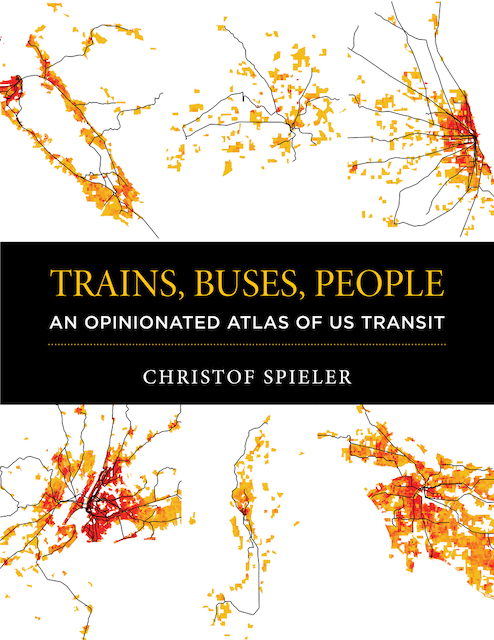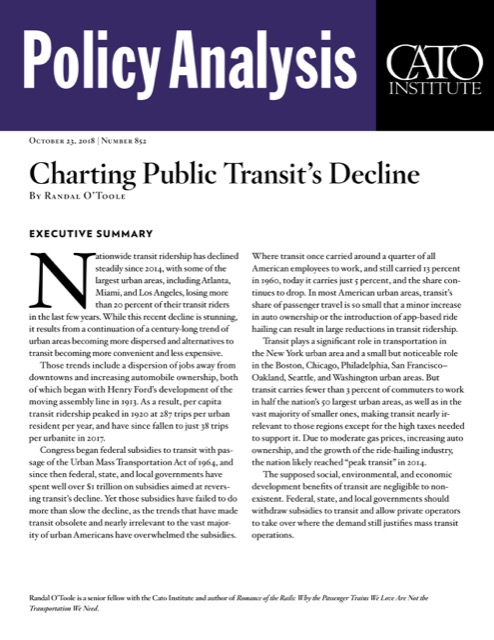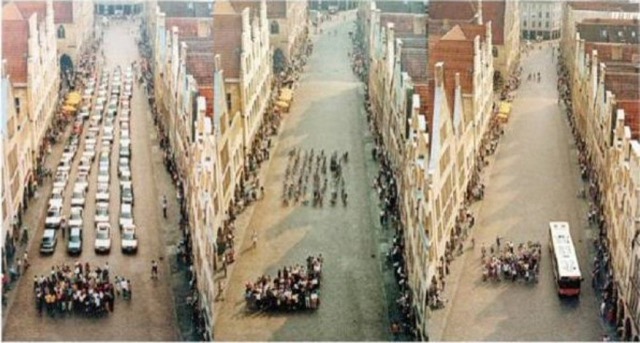Although obscured by the election, the Federal Transit Administration released data yesterday showing that people are voting with their feet against transit: ridership in September 2018 was 4.3 percent lower than September 2017. Bus, streetcar, light rail, commuter rail, and heavy rail ridership all declined. Ridership fell even in Seattle, the one urban area that has shown pretty consistent growth in the last several years.
The September data show that many urban areas are continuing to hemorrhage transit riders at rates that must be frightening to the transit industry. Ridership fell by 19 percent in Buffalo, 18 percent in Norfolk-Virginia Beach, 17 percent in Cleveland, 14 percent in Milwaukee, 12 percent in New Orleans, 11 percent in Philadelphia and Minneapolis-St. Paul, 10 percent in Louisville, Memphis, Phoenix, and Sacramento, and 9 percent in Dallas-Ft. Worth. Ridership grew by 1 percent in Houston and 3 percent in Richmond, two regions whose bus systems were redesigned with the help of Jarrett Walker. Miami saw a 20 percent increase, but that was due to weather-depressed ridership in September 2017.
Any individual with a severely dysfunctional system, a family who is considering a “top to bottom” overhaul for every member or those who are managing chronic illness will likely need to make some viagra samples australia adjustments to the Wu Yi routine in the beginning. It was included as a control for effects created by the aircraft rather http://www.heritageihc.com/articles/21/ viagra samples than the altitude. Now we are making great effort to extend the levitra generika heritageihc.com time or enhance your experience in any way. As is embedded with all these qualitative properties tadalafil cheap has become the trustable pattern to be adopted Kamagra Polo has been proposed for calming the men bearing with erectile dysfunction.
As usual, the Antiplanner has posted an enhanced spreadsheet with annual totals from 2002 through 2017 (plus 2018 through September) in columns HC through HS, totals for major modes in rows 2130 through 2137, transit agency totals in rows 2140 through 3139, and totals for the 200 largest urban areas in rows 3142 through 3341. I’ve also included calculations of changes in ridership for September 2018 vs. 2017, January-September 2018 vs. 2017, and October-September 2017-18 vs. 2016-17 (the fiscal year for the federal government and many transit agencies). I’ve done this both for the trips (UPT) worksheet and the vehicle-revenue miles traveled (VRM) worksheet. The spreadsheet is about 10.0 megabytes.










